It’s easy to be skeptical at first (who can grow anything without soil?) but hydroponic gardening can be just as fruitful and fulfilling as any other gardening venture. Find out for yourself as you read through!
A Basic Guide To Hydroponic Gardening
Back when I first heard about hydroponics, I was naturally intrigued and started research immediately. I was turned off because it sounded complicated, and was explained in technical terms I couldn’t understand. But when I actually went for it and grew lettuce using the hydroponic method, I learned that it is fun and simple. In fact, it’s ideal for growing indoors when you don’t want dirt or soil contaminating your home. Check out this basic guide to hydroponic gardening to get you started!
Hydroponic Gardening 101
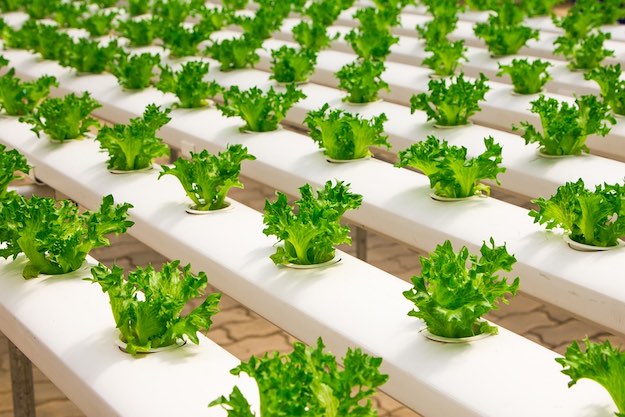
Hydroponic gardening is simply growing plants without the use of soil, using nutrient solutions in a water solution instead. As amazing and futuristic as it sounds, it’s not something new. Some form of it has been practiced for generations, though not as modern or advanced as today’s methods. It is only as of present that gardeners are using alternatives when growing fresh and organic crops.
You can practice simple hydroponics indoors or outdoors, and even build a hydroponic greenhouse. Ready-made hydroponic kits are available in garden stores but you can also DIY or make a homemade hydroponic system. You can also opt for high-tech or low-tech systems for hydroponic gardening at home.
Types Of Hydroponic Techniques And Systems
These are some of the basic systems and techniques you can add to your design ideas for your hydroponic garden.
Homemade Wick Hydroponic System
Probably the simplest and easiest method, wick hydroponics uses different materials that serve as the wick. A nutrient solution is simply released into the water to be absorbed by the wick of the plants.
Flood And Drain Vertical Hydroponic System
|
Vertical hydroponic gardening is practically synonymous with efficient urban gardening. Space issues are resolved through this method where water is pumped to the growing trays, then drained back to the source.
Aeroponics Or Mist Hydroponic System
You’ll find this hydroponic method simple even though water is used in an unconventional way. Plant roots receive nutrients by being suspended in a medium, then nutrients in the water are introduced through misting.
Water Culture Or Kratky Hydroponic Method
Grow a hydroponic garden with this method where the plants are grown on a platform and the roots are suspended in deep water. A Kratky hydroponic method is a kind of deep water culture which could easily be one of the less complicated hydroponic systems.
Aquaponic System
|
Combine growing vegetables and aquatic animals and you’ve got yourself an aquaponic hydroponic system. It is also a kind of water culture method where you can set up growing plants over an aquarium.
Homemade Drip Growing Hydroponic Method
Drip water systems are available in ready-made hydroponic kits complete with timers and controls. This allows the plants to reuse and recover the nutrient residue present in the water.
Nutrient Film Hydroponic Method
You can grow a hydroponic garden with this method. It allows you to grow plants without using medium except for water, air, and growing trays. Water is made to flow continuously through the roots of the plants using a pump.
Types Of Growing Medium Or Soil Substitute
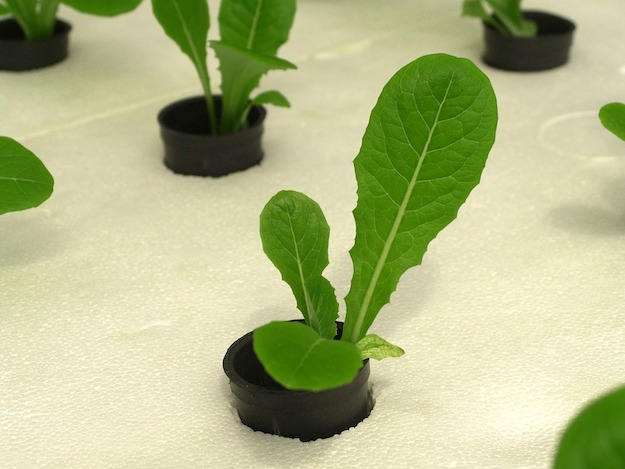
Although hydroponics allows you to grow without soil, it doesn’t mean you can’t use alternatives. It may not be absolutely required but there are benefits to using soil substitute when growing in hydroponics. Below are the most common soil substitutes or alternatives for your hydroponic garden:
Rock Wool
Considered the best hydroponics medium, rock wool is commonly available in supply stores. It is a highly absorbent material which draws up water, nutrients, and air for the plants.
Expanded Clay Pellets
Using expanded clay pellets is probably one of the most common features of a hydroponic garden. They are made from baked clay, which is porous and retains water efficiently. Unlike rock wool, clay pellets can be reused when sterilized.
Coconut Fibers
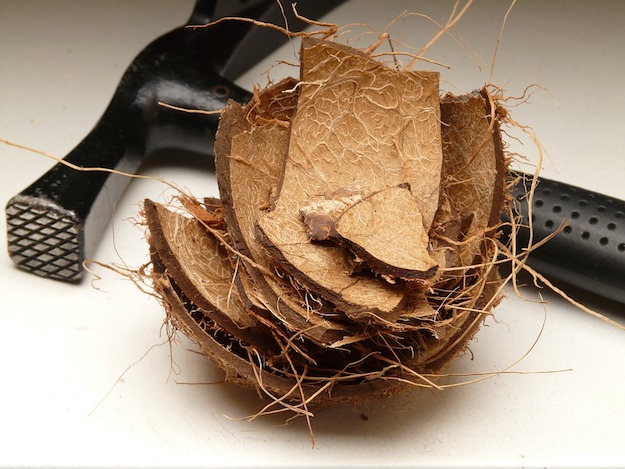
Hydroponic garden growers believe coconut fiber absorbs water and air better than rock wool. It’s becoming quite popular with hydroponic garden growers.
Vermiculite and Perlite
Perlite and vermiculite are both organic minerals used not only in hydroponics but in conventional gardening as well. However, vermiculite is preferable over perlite for its ability to retain water and air.
What To Grow In Your Hydroponic Garden
Spinach
The great thing about growing spinach in a hydroponic greenhouse? No more hard-to-rinse grit and dirt caught in the leaves!
Lettuce
Arguably the most low-maintenance veggie to cultivate, this sturdy salad staple is a must in any garden. However, consider keeping your crop small to make sure leaves are well-nourished and hydrated.
Strawberries
Strawberries are often listed among the ‘dirty dozen’ or crops that are heavily fertilized with harmful chemicals. With the right hydroponic system, you’ll be picking fresh and clean berries from your own plants in no time.
Basil
Basil easily propagates in a glass of water so it’s no wonder it grows well in hydroponics too. A nutrient film hydroponic method will be ideal for growing basil.
Cherry tomatoes
Amazingly, tomatoes, especially cherry tomatoes, will grow with hydroponics. Expect a cherry tomato vine heavy-laden with fruits, so give your vine a good support.
Cucumber
Cucumbers add a cool and refreshing crunch to your sandwich or salad. With a good vine support, cucumber grows well in a hydroponic system.
Celery
You can grow an herb garden using the hydroponic system. Celery, an intensely aromatic herb grows well in hydroponics.
Parsley
Parsley is one of the easiest and most ideal herbs to grow in hydroponics. A drip hydroponic system will be most appropriate for growing parsley.
Swiss Chard
Swiss Chard tends to be prolific so consider space when growing in hydroponics. It’s a great alternative for spinach and will definitely grow well in a water culture hydroponic method.
Kale
Complete your hydroponic garden with healthy superfood kale. This nutrient-dense green leafy veggie will definitely be an awesome addition to your hydroponic garden.
Watch this video and learn how to grow lettuce in hydroponics to get you started:
Did you know hydroponic gardening is an essential skill to learn for survival? Whether you’re thinking of the future or enjoying the present, you should consider hydroponic gardening at home. Try experimenting with a few plants and you might be surprised at your results!
Planning to give hydroponic gardening a try? I’d be delighted to hear all about your plans and ideas. Leave them in the comments section below!

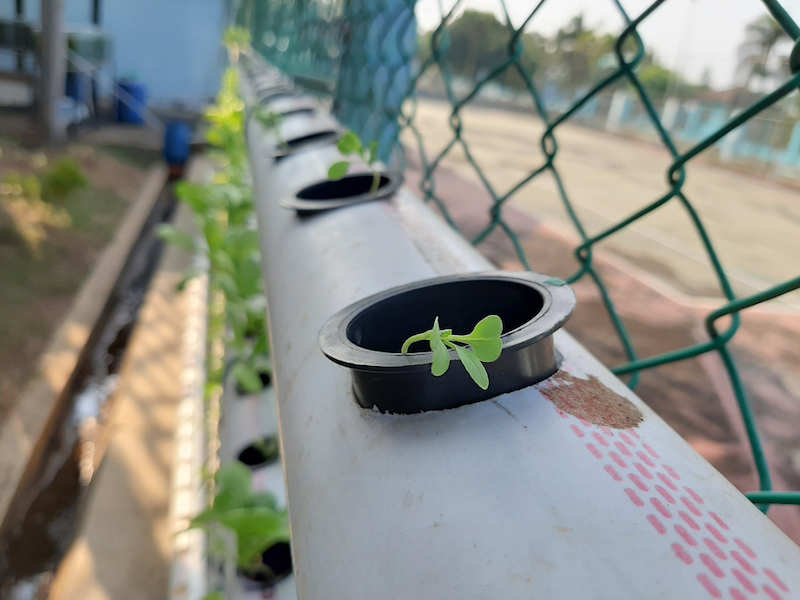
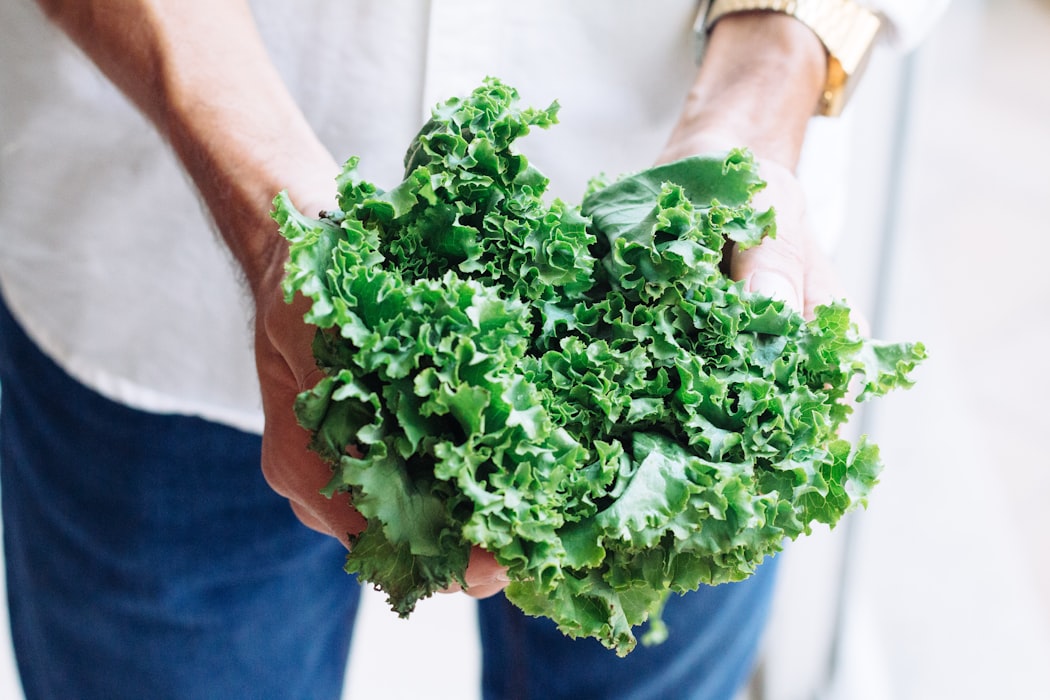
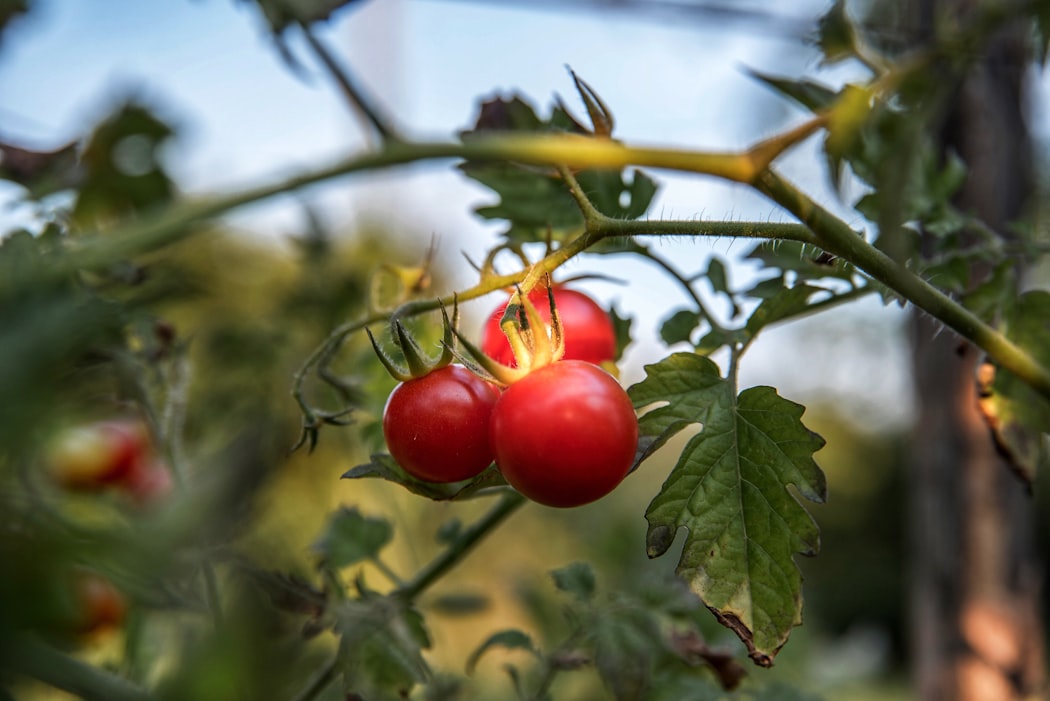



1 thought on “Hydroponic Gardening: How to get Started”
Pingback: ▷ 33 asombrosos sistemas hidropónicos para jardinería de interior - Huertos y cultivos